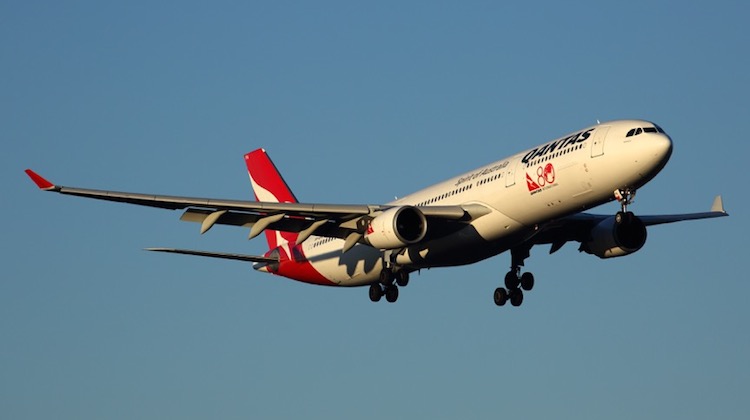
Qantas is returning to the Melbourne-Tokyo (Narita) route for the first time in eight years from December 2016 with a daily offering on Airbus A330-300s.
The resumption of Qantas nonstop flights between Melbourne and Tokyo from December 16 – Qantas last flew on the route in 2008 – coincides with the withdrawal on the route of Qantas’s low-cost subsidiary Jetstar from February 25 2017.
The two carriers will both serve Narita from Melbourne during the peak summer holiday period, taking advantage of the strong demand over Christmas/New Year.
Qantas International and Freight chief executive Gareth Evans said it was a “boom time” for tourism and business travel in the Japanese market, with visitor numbers from that country to Australia growing by 17 per cent in the 12 months to June 2016.
Further, there had been a 24 per cent increase in Australians heading to Japan since 2015.
“The Qantas Group is perfectly placed to support the resurgent growth we’re seeing, with the biggest Australia-Japan network, the biggest domestic network in Australia, and the biggest low-cost carrier network in Japan through Jetstar,” Evans said in a statement on Friday.
“Our dual-brand strategy and the size of our fleet means we have the ability to move quickly to meet demand where it’s strongest, putting the right aircraft on the right route.”
Flight schedules show Qantas’s QF79 departing Melbourne at 0915, arriving at Narita at 1730. The reciprocal QF80 was due to take off from Tokyo at 1900, arriving in Melbourne at 0730 the next day.
By contrast, Jetstar flight JQ23 is an overnight service from Melbourne, while the return flight JQ24 operates as a lunchtime departure from Narita, arriving back in Melbourne a little after 2300.
The switch from Jetstar to Qantas represents a capacity increase for the airline group on the route.
Jetstar’s four times a week offering with 335-seat Boeing 787-8s gives the airline 1,340 seats a week from Melbourne to Tokyo. It is the only nonstop operator on the route.
Qantas’s daily service with 297-seat A330-300s will increase capacity on the route by 55 per cent to 2,079 seats a week.
The move also provides a stronger premium product for business travellers, given all 10 of Qantas’s A330-300s, which are mainly used on international routes to Asia and Honolulu, have been refurbished with the Thompson Vantage XL business class seat.
“We have received great feedback on the world-class product we’ve created for our Airbus A330 fleet, and now even more customers flying to Japan will be able to enjoy the reconfigured aircraft,” Evans said.
Meanwhile, 16 of Qantas’s 18 A330-200s, which are mainly used on trans-continental domestic services, have also been refurbished to date, with the remaining two expected to be completed by the end of 2016.
Evans said Qantas has increased capacity to Asia by 17 per cent in 2015/16.
The company said at its full year results presentation international capacity across its Qantas and Jetstar brands would grow four per cent in the first half of 2016/17, focused mainly on Asia.
Currently, Qantas flies daily from Sydney to Tokyo (Haneda) with Boeing 747-400s and daily from Brisbane to Tokyo (Narita) with A330s.
Jetstar will continue its nonstop flights from the Gold Coast to Tokyo (Narita) and Cairns to Narita and Osaka.
Passengers with tickets on Jetstar’s Melbourne-Narita flights for travel after February 25 would be re-booked on Qantas.










